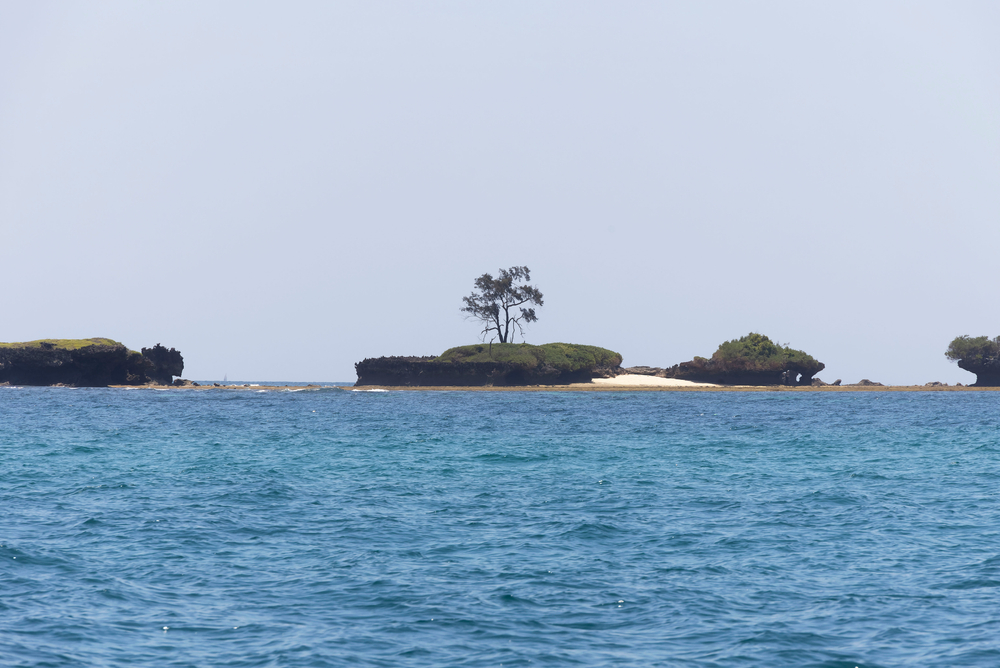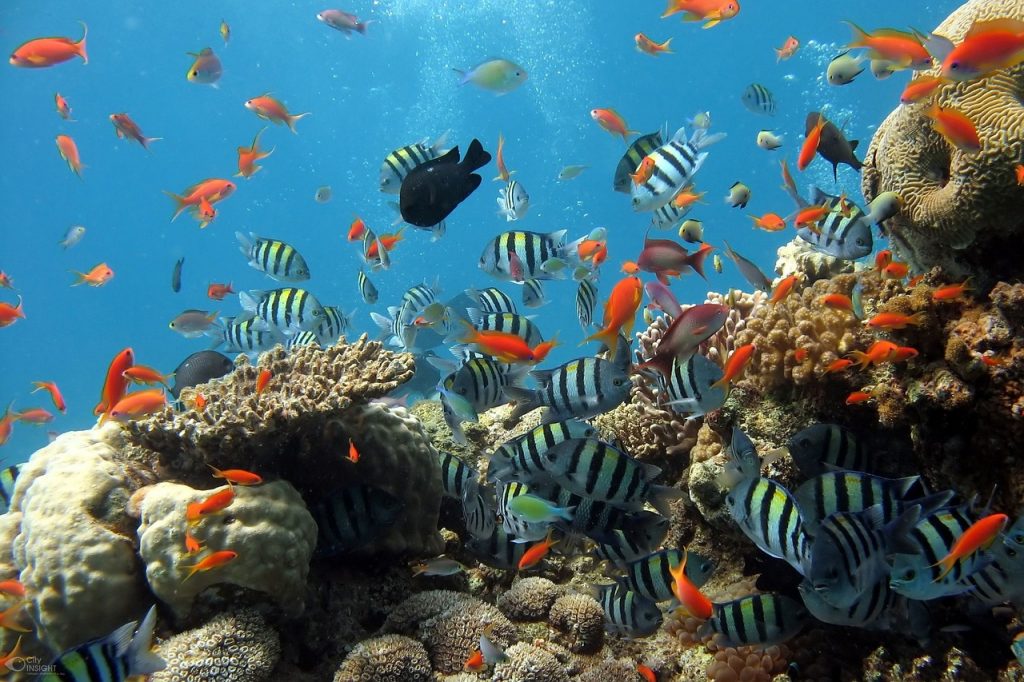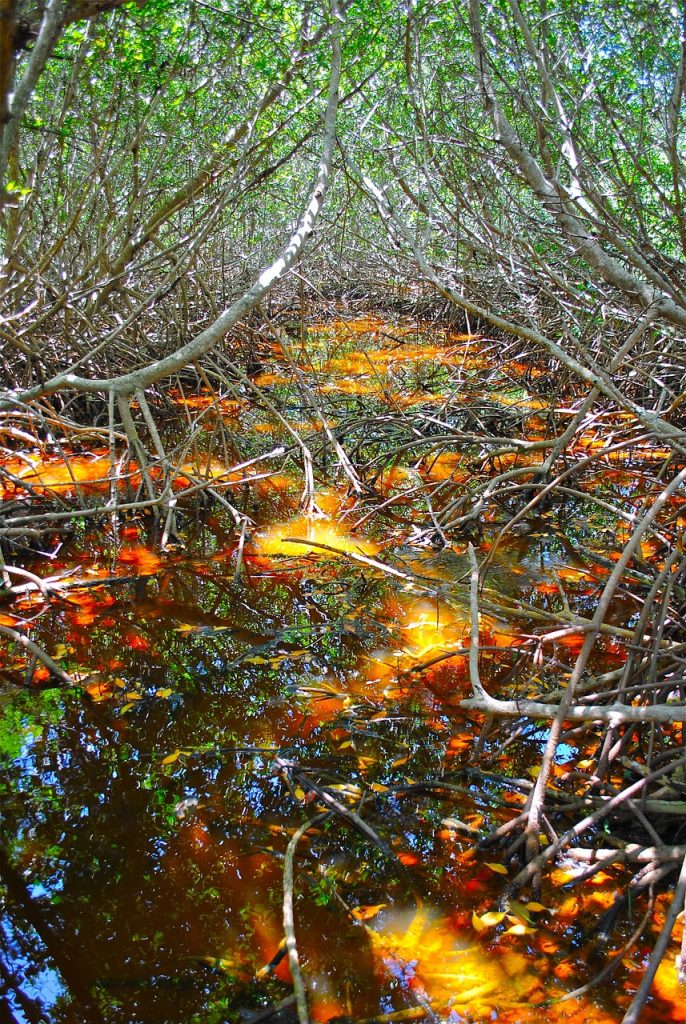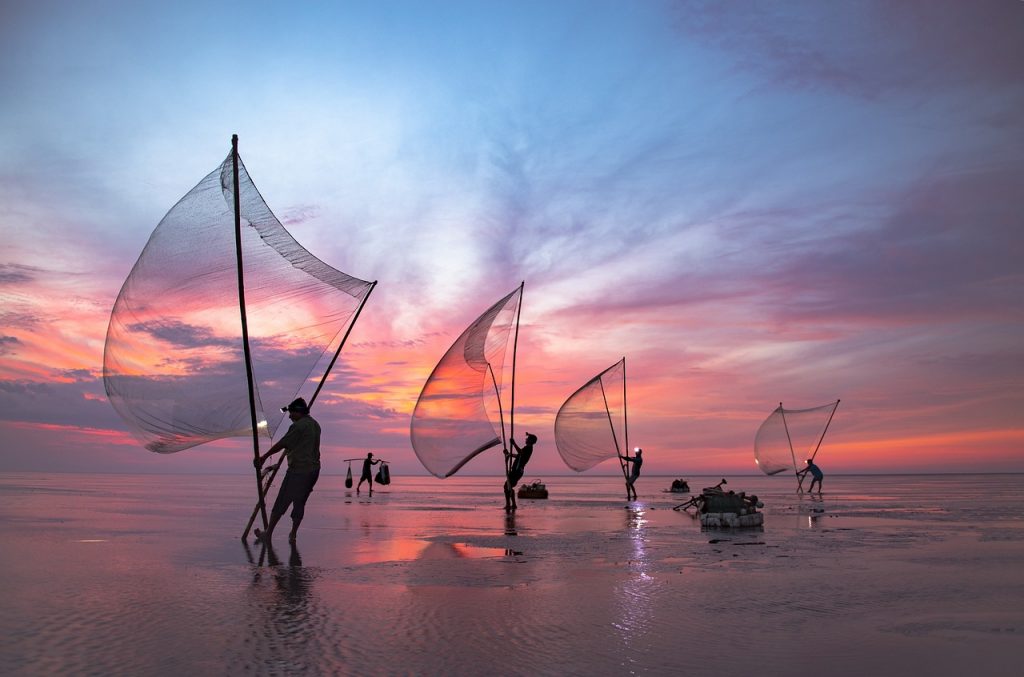Marine life presents as plants, animals, and other organisms that live in salty water, seas, oceans, or the brackish waters of coastal estuaries. The marine environment along the Kenyan coast is exceptionally bio-diverse including habitats such as mangrove forests, beautiful sandy beaches, seagrass beds, and coral reefs. However, this diversity is threatened by coastal development, climate change, and fishing pressure.
To this end, the Kenyan government in conjunction with other multi-disciplinary players has, over the years, implemented conservation efforts to protect marine life, particularly along our coastal strip of the Indian Ocean.
These efforts have been crucial for protecting the environment, supporting local communities, and ensuring sustainable development.
In this article, Kendirita Tours will share some key initiatives and strategies underway that continue to protect marine conservation in Kenya:
Marine Protected Areas (MPAs)

Kenya has established several Marine Protected Areas, including Kisite-Mpunguti Marine National Park, Malindi Marine National Park, and Watamu Marine National Park. These areas are legally protected to conserve marine biodiversity and promote sustainable tourism.
Kisite Marine Park, for instance, was established to protect the scenic islands and special habitats of a wide range of marine life endemic to Kenya. Kisite Island is also an Important Bird Area (IBA) that additionally serves as a breeding ground for migratory birds. It currently hosts a wide range of marine life that consists of over 250 recorded fish species, 70 resident dolphins, over 140 cataloged sea turtles, and 56 genera of corals among so much more.
Coral Reef Conservation

The southern side of the Kenyan coast is one of the most favored tourist destinations. There are over 250 coral reef species found in Kenya, with Shimoni and Kisite located in the south having the highest coral diversity.
Coral reefs are essential marine ecosystems, and efforts are underway to protect and restore them. Many coral reef conservation efforts have focused on understanding and preventing coral mass-mortalities. Such initiatives include coral gardening, monitoring programs, and community engagement to reduce overfishing and pollution.
Mangrove Conservation

Mangrove trees are halophyte plants that have adapted to thrive in salty water. Their roots filter freshwater from the saline conditions they live in and the unwanted salt is then excreted through pores in the mangrove’s waxy leaves.
They play a critical role in stabilizing coastlines, providing nurseries for marine life, and storing carbon. Approximately two-thirds of the fish that we eat in Kenya spend part of their lives in the mangroves which act as their breeding and nursery grounds.
Conservation programs focus on planting and protecting mangrove forests. Equally, creating awareness of the importance of mangrove ecosystems has proven to work through a rise in restoration programs.
Sustainable Fishing Practices

While fishing provides a lifeline for communities living along the Kenyan coast, this too must be done in a manner that assures the survival of marine life. Encouraging sustainable fishing practices is crucial to prevent overfishing and habitat destruction.
Conservation efforts include implementing size and catch limits, supporting alternative livelihoods, and promoting responsible fishing techniques.
Some organizations such as the World Worldwide Fund (WWF) work closely with communities to influence policies in Kenya like The Sea Turtle Protocols aimed at preventing accidental by-catch of turtles. They also share data and insights with local communities and government ministries to improve turtle conservation.
Conclusion
Marine life has proven crucial to our survival as humans and the survival of this planet that we all call home. Every day we consume tonnes of seafood, and the income generated from fishing helps run our lives. But this economic activity, crucial though it might be, must be done with care to avoid ending up with vast blue deserts, devoid of any life. We must all work together to support and protect sustainable waters.
Feel free to reach out to Kendirita Tours if you are interested in helping out with marine life conservation efforts. We partner with numerous organizations whose vision for sustainable tourism aligns with our own. Initiatives such as WWF’s “Adopt Turtle” go a long way to ensure that our turtle populations are monitored and protected.
Remember, any effort we put in counts. As Mother Teresa said “We ourselves feel that what we are doing is just a drop in the ocean. But the ocean would be less because of that missing drop.”
Writer: Winnie Wekesa
